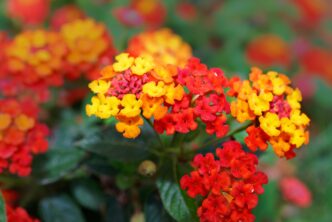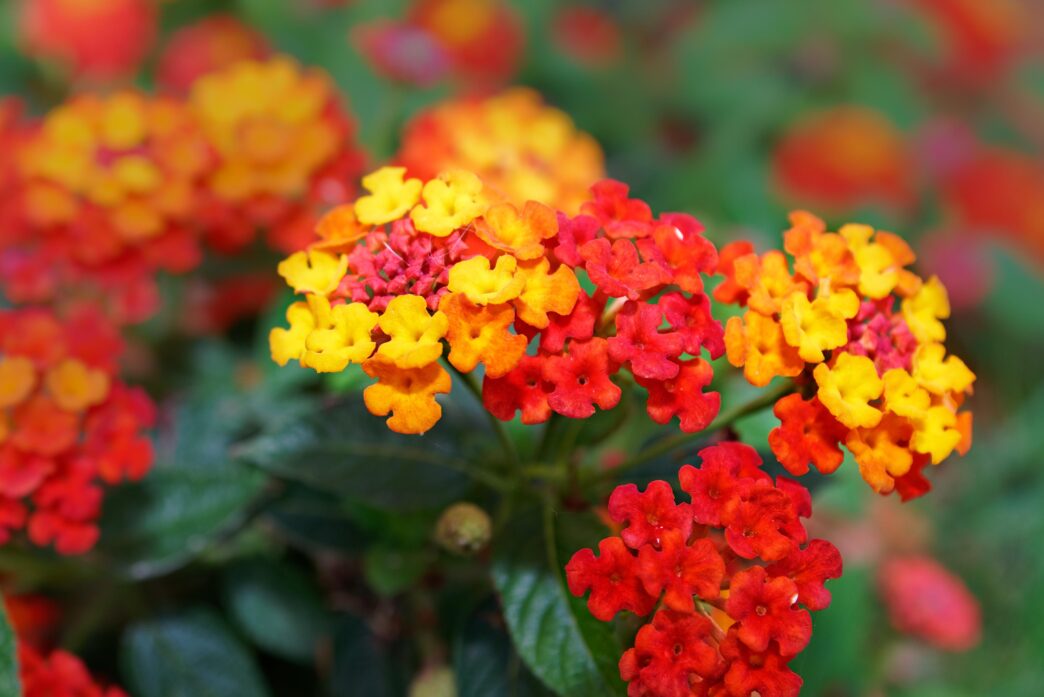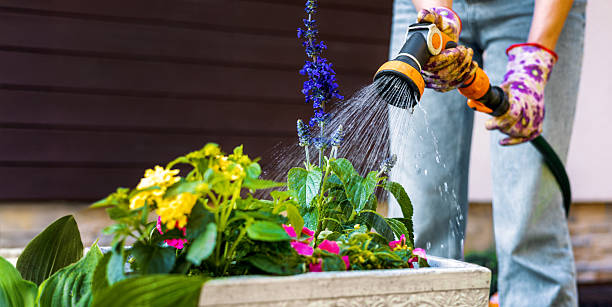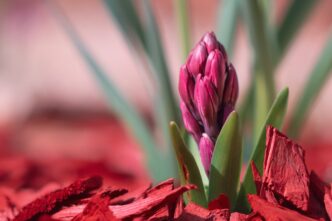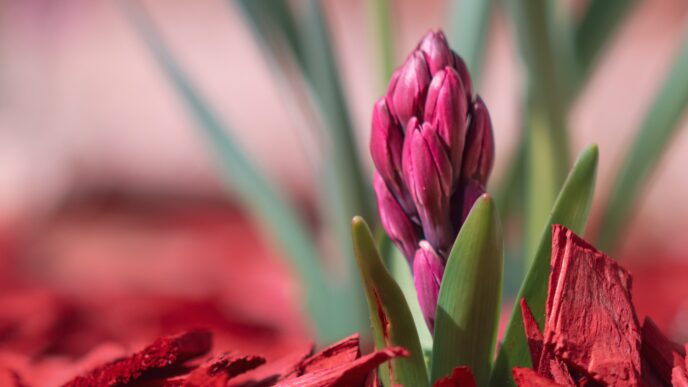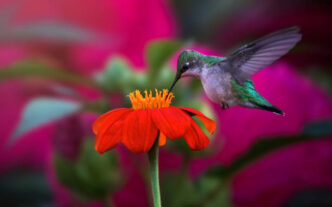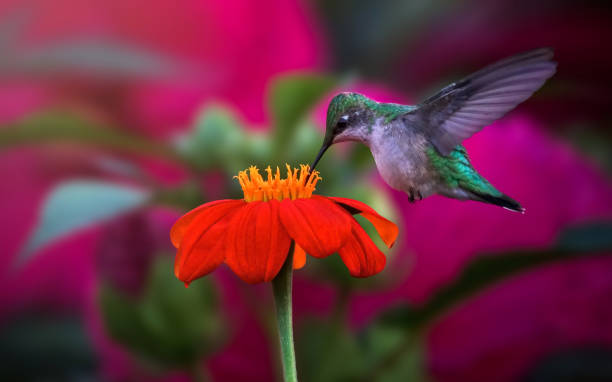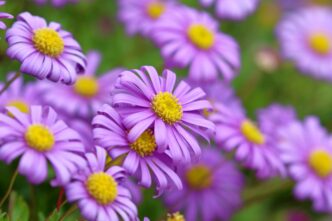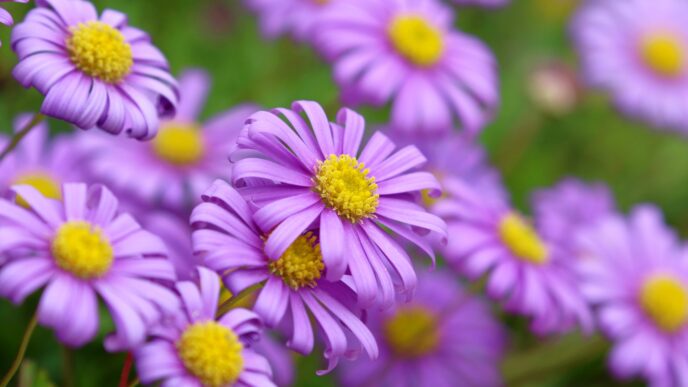Lantana flowers are vibrant, hardy, and butterfly magnets, making them an excellent choice for gardeners who want bold color with minimal fuss. Known for their clusters of multicolored blooms—ranging from yellow and orange to pink, red, and purple—lantanas thrive in hot, sunny spots and are drought-tolerant once established. Whether you’re growing them in the ground or containers, these plants bring a tropical flair to your garden all season long.
Why Choose Lantanas?
- Low-maintenance and drought-tolerant.
- Attract pollinators like butterflies, bees, and hummingbirds.
- Continuous blooms from late spring until frost.
- Versatile for borders, beds, containers, and hanging baskets.
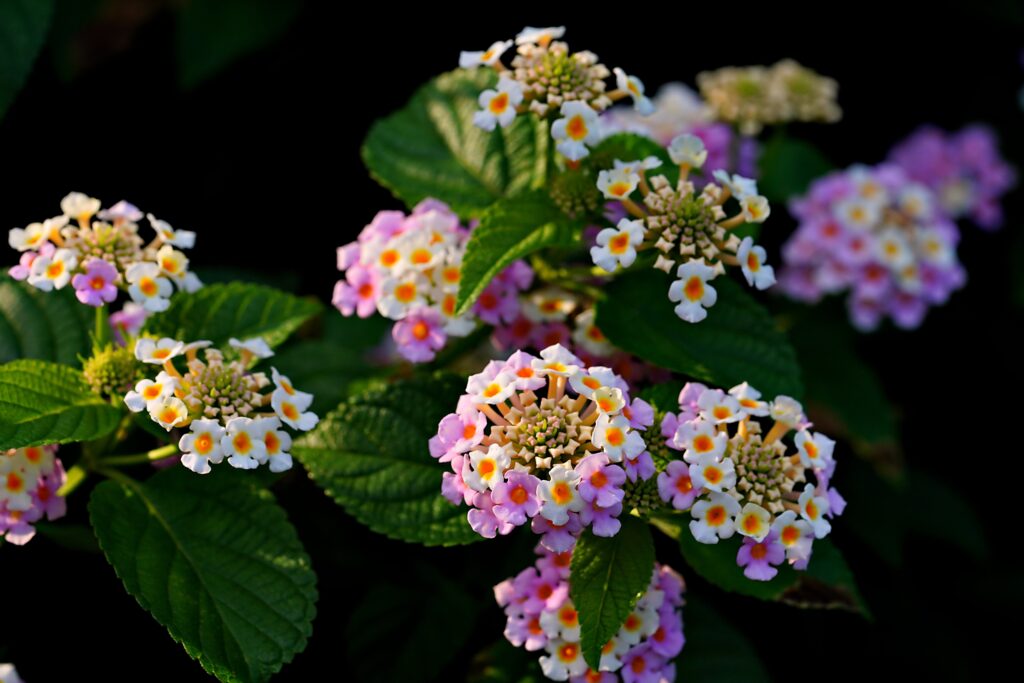
Planting Lantanas
Best Time to Plant
- Plant after the last frost when the soil has warmed.
- In frost-free regions, lantanas can grow year-round.
Soil & Sunlight
- Well-drained soil is essential—lantanas dislike soggy roots.
- Full sun (6–8 hours daily) ensures the best blooming.
Spacing
- Space plants 12–18 inches apart to allow airflow and spreading.
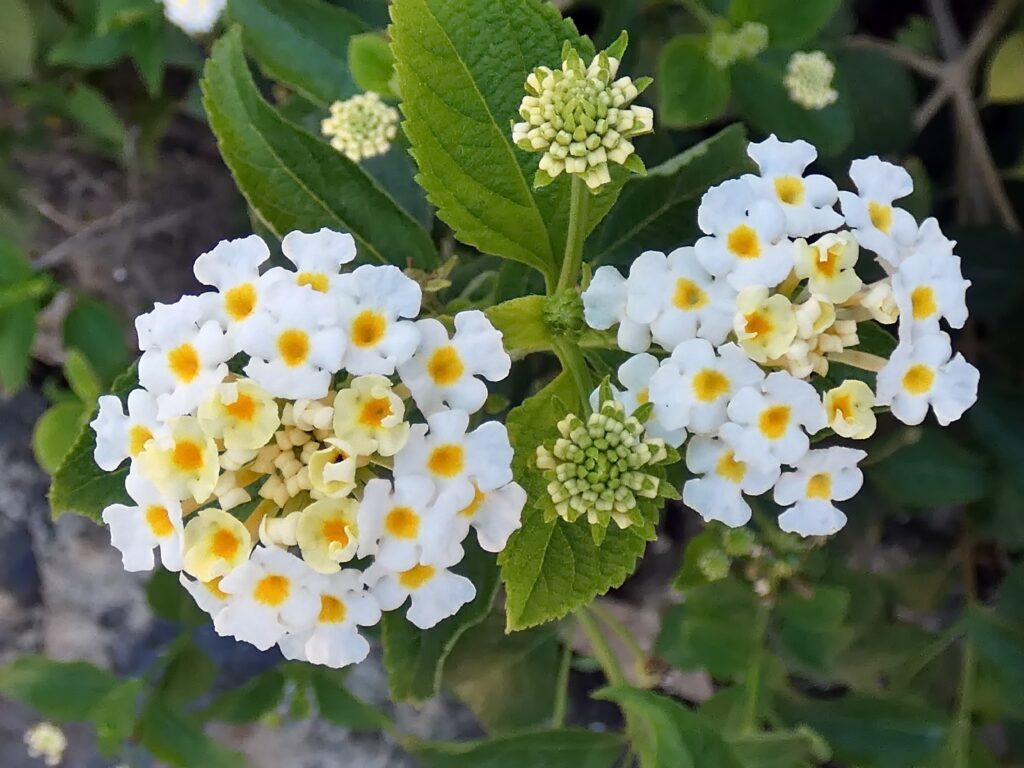
Caring for Lantana Flowers
Watering
- Water deeply but let the soil dry out between watering.
- Once established, lantanas are highly drought-resistant.
Fertilizer
- Use a balanced, slow-release fertilizer in spring.
- Avoid over-fertilizing—it can reduce blooms.
Pruning
- Deadhead regularly to encourage new flowers.
- Trim back in mid-summer if plants become leggy.
- In frost-prone areas, cut back lantanas before winter.
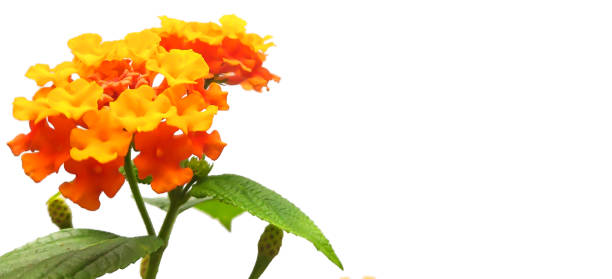
Pests and Diseases
- Pests: Watch for whiteflies, spider mites, and aphids.
- Diseases: Root rot from poor drainage is the biggest issue.
Overwintering Lantanas
- In colder climates (zones 7 and below), lantanas are grown as annuals.
- To overwinter: dig up plants, pot them, and bring indoors near a sunny window.
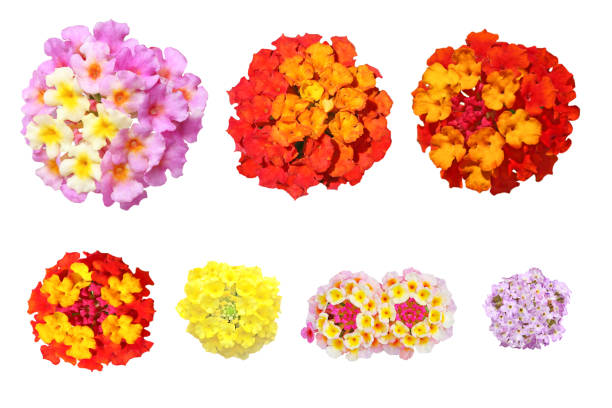
FAQs About Lantanas
Q1: Do lantanas come back every year?
In warm climates (zones 8–11), lantanas are perennials. In colder regions, they’re treated as annuals.
Q2: Are lantanas safe for pets?
No, lantana plants are toxic if ingested by cats, dogs, or livestock.
Q3: Do lantanas attract bees and butterflies?
Yes! Lantanas are pollinator-friendly and will draw butterflies and hummingbirds to your garden.
Q4: Can lantanas grow in pots?
Absolutely—just make sure the container has good drainage and place it in full sun.
